
You might not realize it because it seems like a fairly new beer phenomenon, but bourbon barrel-aged stouts have been around for more than 20 years. It all started on a random evening in the early ’90s in South Bend, Indiana. It was a beer, bourbon, and cigar dinner featuring some big wigs in those three industries. In attendance was Goose Island Brewing’s Greg Hall. If you believe in fate, this is where the story of bourbon barrel-aged stouts began.
Hall could have been seated near anyone or he could have had other obligations and might not have attended the dinner at all. But the proverbial beer-soaked stars were aligned that night because the former Goose Island brewmaster met Booker Noe (grandson of Jim Beam and Beam’s master distiller at the time) at that event. Noe told him and another brewer named Seth Gross about the various things he randomly added to bourbon barrels, including water and ice, to create a bourbon version of iced tea. This is where the idea of aging stout beer in ex-bourbon barrels was formed.
Noe got some barrels for Hall and the first batch of the now world-famous Goose Island Bourbon County Stout was made in 1992. In the decades since, it’s become the face of an ever-growing beer style. While Bourbon County is still regarded as one of the best, it’s far from the only bourbon-barrel stout available today.
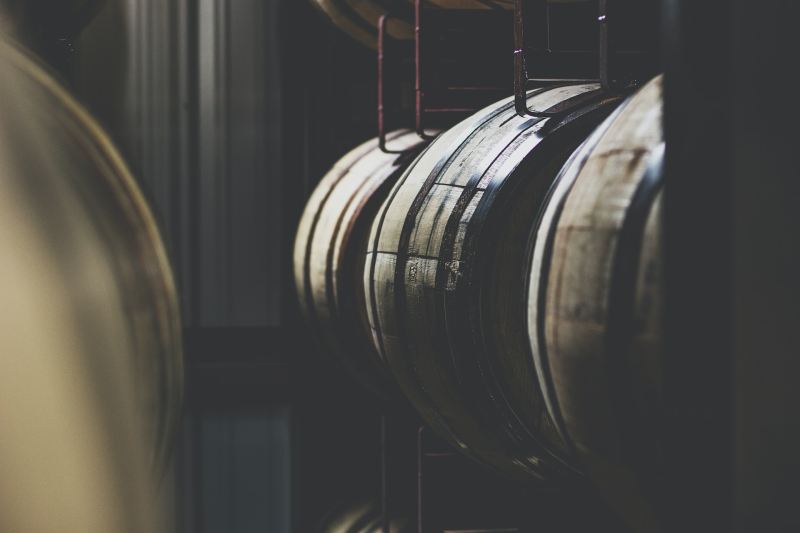
What is a bourbon barrel-aged stout?
In the simplest terms, a bourbon barrel-aged stout is exactly what it seems to be. First, a brewery makes a stout or imperial stout that is ready to be imbibed. But instead of bottling or canning it right away, it’s added to barrels that previously held bourbon. It’s matured for months to gain extra aromas and flavors from the bourbon-drenched wood.

How long is it aged?
The aging process is different from brewery to brewery. It does seem like 12 months is the sweet spot for most brewers. Founders’ well-known Kentucky Breakfast Stout spends a whole year aging in former bourbon barrels. The same goes for the iconic Goose Island Bourbon County Stout.

What flavors does bourbon barrel aging impart?
A well-made stout already carries aromas and flavors like coffee, chocolate, roasted malts, and dried fruits. Aging in ex-bourbon barrels adds warming whiskey, toasted vanilla beans, charred oak, and raisins. Maturing in former bourbon barrels takes a good beer and makes it great.

How long can you keep a barrel-aged stout?
Just like with a bottle of whiskey, you can keep barrel-aged stouts for years. This is as long as you keep them somewhere that the temperature doesn’t fluctuate too much and stays at a consistent level. A basement is well suited for keeping barrel-aged beers, as it likely stays the same temperature all year long.
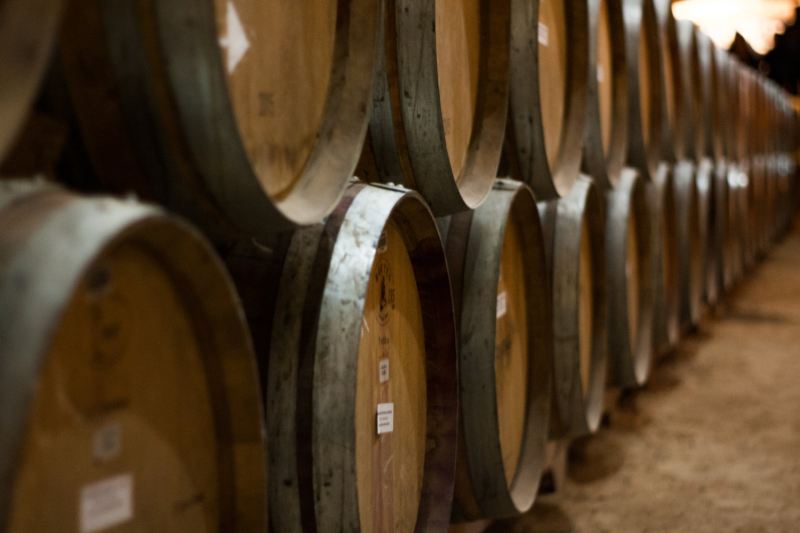
Do barrel-aged stouts get better with age?
To a degree, barrel-aged stouts get better with age. In fact, when you go out and buy a bottle, it would behoove you to store it in a basement or root cellar for six months to a year. The longer it ages, the more the flavors can meld, soften, and add new dimensions to the beer. Some drinkers keep their barrel-aged beers unopened for years (and even decades). Just don’t hold on to it too long because oxidation can occur and ruin the flavor profile.
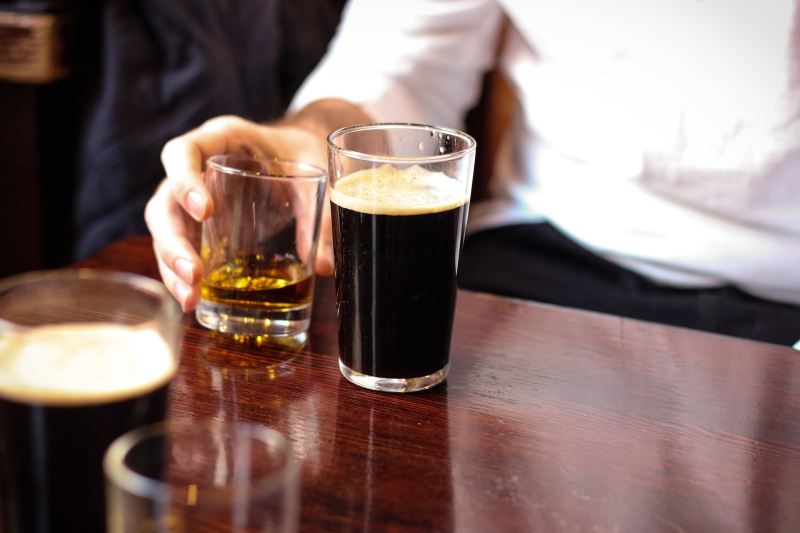
Should barrel-aged stouts be refrigerated?
Unlike your favorite lager that you immediately put into the refrigerator to make sure it’s cold, putting a barrel-aged stout right into your fridge isn’t the best idea if you want to actually get the most out of it. If it’s too cold, the aging process and overall flavors might be muted. If it’s too warm, the aging process might speed up, as well as potential oxidation.
Now that you have learned a little bit about bourbon barrel-aged stouts, it’s time to find some to drink. And since we’d rather not make you spend an afternoon blankly staring at online retailers or the massive beer cooler at your local grocer or beer store, we did the work for you. Keep scrolling to see a few of our favorites.
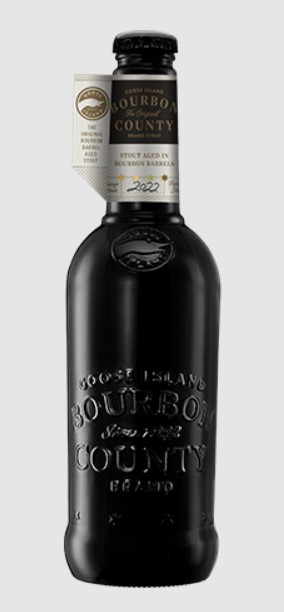
Goose Island Bourbon County Stout
The OG bourbon barrel-aged stout, Goose Island Bourbon County Stout (and all of its various varieties) is eagerly awaited each fall). The 2022 version is a potent 14.3% ABV. It was matured in a combination of ex-bourbon barrels that held Four Roses, Heaven Hill, Buffalo Trace, and Wild Turkey. The result is a complex, rich, indulgent stout with notes of almond cookies, vanilla beans, dark chocolate, caramel, and dried cherries.
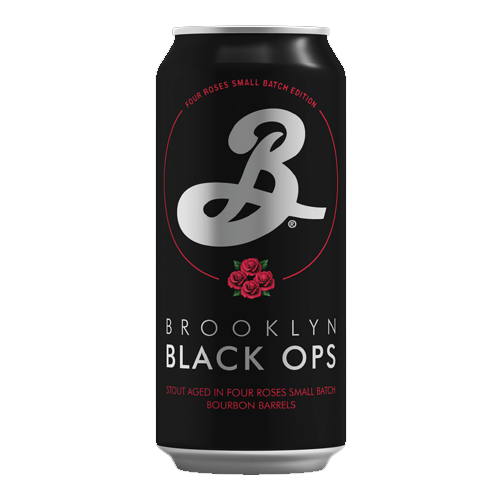
Brooklyn Black Ops
Brooklyn Brewery is known for its lager and other lighter beers, but many fans of the brewery eagerly look forward to Brooklyn Black Ops, its bourbon barrel-aged stout. Aged in bourbon barrels that previously held Four Roses Small Batch Bourbon, it’s known for its notes of toasted vanilla beans, rich oak, espresso beans, dark chocolate, and sweet raisins. It’s the kind of beer you open for a special occasion and share with your closest beer-loving friends.

Founders Kentucky Breakfast Stout
With a name like Kentucky Breakfast Stout, you should have a decent idea of what this beer has to offer. This bourbon barrel-aged chocolate and coffee stout is a dessert-like 12% ABV. Matured for a year in former bourbon barrels, it has a complex flavor profile that features notes of freshly brewed coffee, dark chocolate, sweet bourbon, charred wood, and sweet vanilla. It’s a great warming mix of bitter coffee and chocolate with sweet vanilla and bourbon.

New Holland Dragon’s Milk
This beer’s name is a reference to the term “Dragon’s Milk,” which was once used to describe high-alcohol, celebratory beers. New Holland’s version is a wildly popular 11% ABV bourbon barrel-aged stout. Matured for three months in ex-bourbon barrels, this beloved brew is known for its rich, complex palate of charred oak, vanilla, roasted coffee beans, and dark chocolate. It’s a rich, sweet, and very warming choice for an unseasonably cool evening.
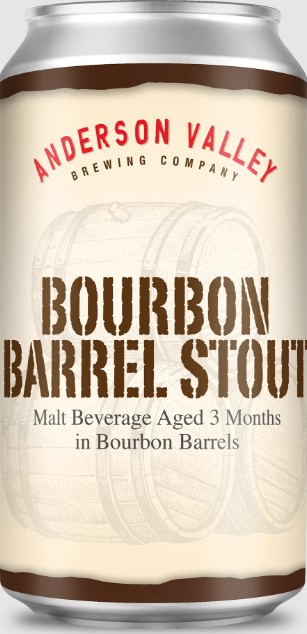
Anderson Valley Bourbon Barrel Stout
Anderson Valley is a big name in the craft beer world. Well known for its award-winning beers, especially its fruity, flavorful Gose-style beers, you’d be remiss if you didn’t try its bourbon barrel stout. It’s brewed with pale two-row, crystal, Munich, and chocolate malts, as well as roasted barley, oats, chinook, northern brewer hops, and house yeast. After aging in former bourbon barrels, it gains flavors of sticky toffee, molasses, roasted barley, sweet whiskey, vanilla, and dark chocolate.



